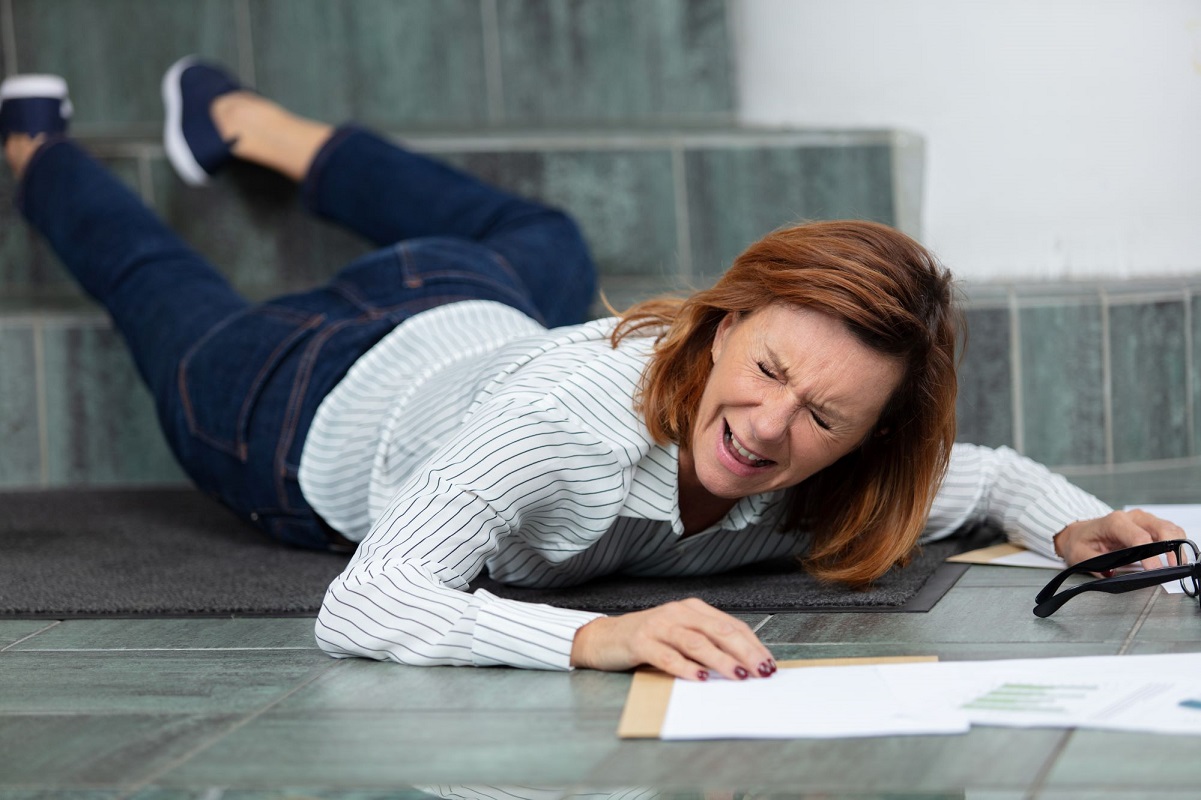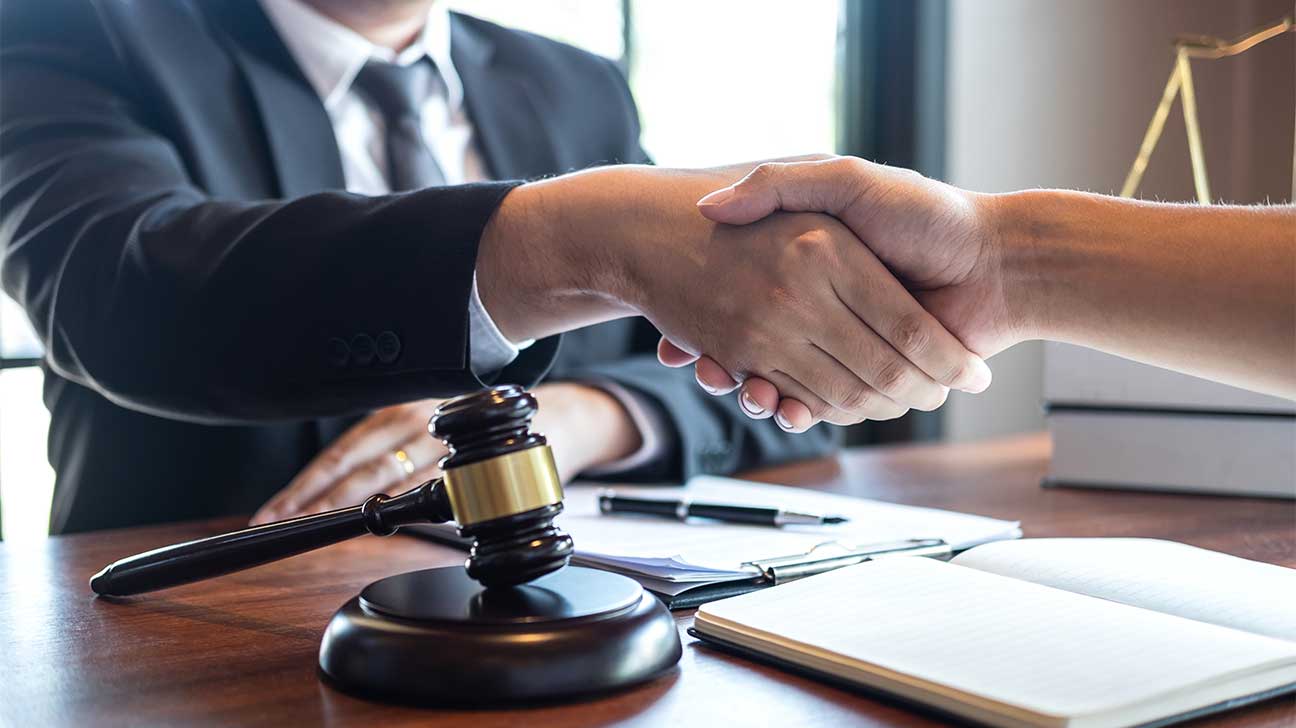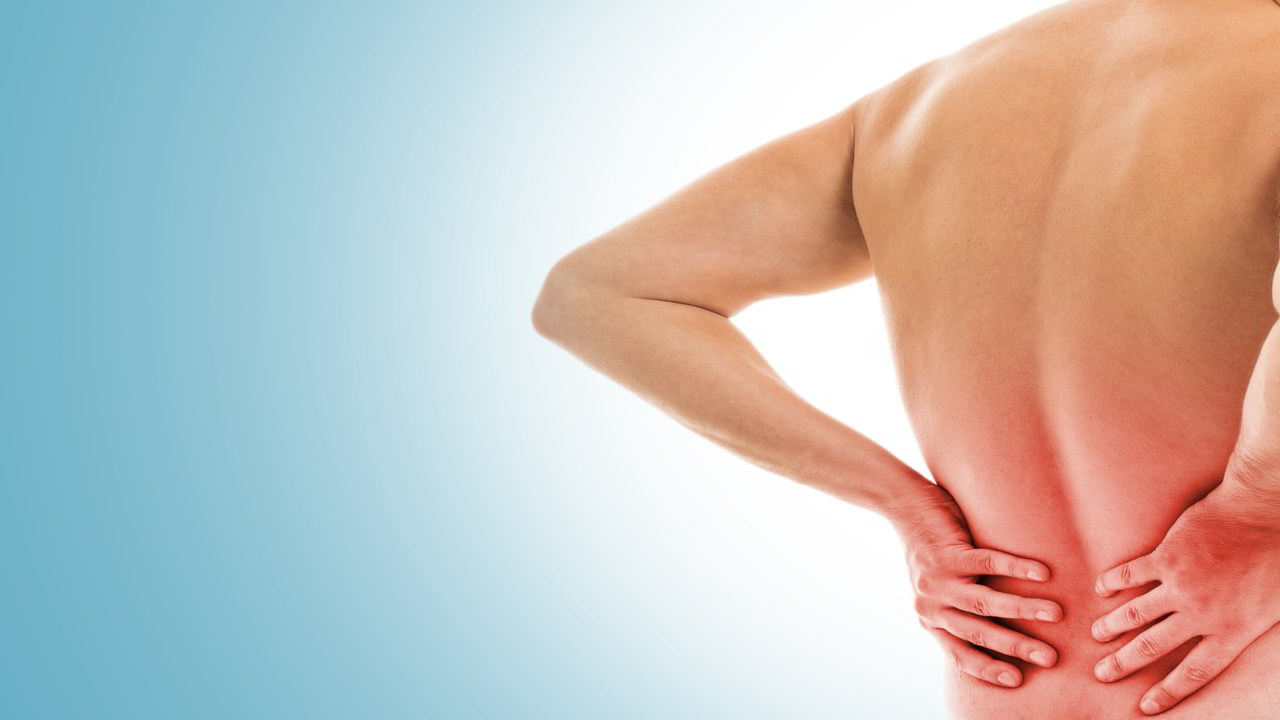Slip and fall accidents are among the most common types of personal injury cases, often leading to significant injuries and complex legal claims. Understanding what constitutes a slip and fall accident and the responsibilities of property owners in preventing such incidents is essential for both victims and property managers.
What is a Slip and Fall Accident?
A slip and fall accident occurs when an individual slips, trips, or falls due to a hazardous condition on someone else’s property. These accidents can happen on various surfaces, including wet floors, uneven sidewalks, poorly lit stairways, or icy walkways. The injuries sustained from a slip and fall can range from minor bruises to severe fractures, head injuries, or even spinal damage.
The legal framework surrounding slip and fall accidents falls under the broader category of premises liability law, which holds property owners and occupiers responsible for maintaining a safe environment for visitors and guests.
Common Causes of Slip and Fall Accidents
Several factors can contribute to slip and fall accidents, including:
- Wet or Slippery Surfaces: Spills, leaks, or freshly cleaned floors that are not properly marked with warning signs.
- Uneven Flooring: Cracked or uneven pavement, loose tiles, or torn carpeting can create tripping hazards.
- Poor Lighting: Insufficient lighting in hallways, stairwells, or outdoor areas can make it difficult to see obstacles or changes in elevation.
- Weather Conditions: Ice, snow, or rain can create slippery conditions on walkways, driveways, and entrances.
- Cluttered Walkways: Objects left in pathways, such as boxes, cables, or debris, can cause someone to trip and fall.
Duty of Property Owners
Property owners have a legal duty to maintain their premises in a reasonably safe condition to prevent accidents like slip and falls. The extent of this duty can vary depending on the type of property and the status of the visitor. Generally, property owners owe the highest duty of care to invitees (such as customers in a store), a lesser duty to licensees (such as social guests), and the least duty to trespassers.
Key Responsibilities of Property Owners Include:
- Regular Inspections: Property owners should regularly inspect their premises for potential hazards. This includes checking for wet floors, loose tiles, poor lighting, and other dangerous conditions.
- Prompt Repairs: If a hazardous condition is identified, property owners must take timely action to repair it. For example, fixing a broken step or repairing a leaking roof should be done as soon as possible.
- Warning of Hazards: When immediate repairs are not possible, property owners must provide clear warnings of any dangers. This might include placing “wet floor” signs, blocking off dangerous areas, or alerting visitors to potential hazards.
- Maintaining Safe Walkways: Property owners should ensure that walkways, stairs, and entrances are free of obstacles, clutter, and debris. This includes addressing weather-related hazards, such as shoveling snow and applying salt to icy surfaces.
- Adhering to Building Codes: Property owners are required to comply with local building codes and safety regulations. Failure to do so can be evidence of negligence in a slip and fall case.
Legal Considerations in Slip and Fall Cases
For a victim to succeed in a slip and fall lawsuit, they must typically prove that:
- A Dangerous Condition Existed: The hazard that caused the fall must be shown to be dangerous and capable of causing injury.
- The Property Owner Knew or Should Have Known About the Hazard: The victim must demonstrate that the property owner was aware, or should have been aware, of the dangerous condition and failed to address it.
- The Hazard Was Not Obvious: If the hazard was obvious and the victim could have reasonably avoided it, the property owner might not be held liable.
Comparative Negligence
In many states, including Texas, slip and fall cases are subject to the doctrine of comparative negligence. This means that if the victim is found to be partially at fault for the accident, their compensation may be reduced by the percentage of their fault. For example, if a victim was 20% responsible for their fall, their damages would be reduced by 20%.
Conclusion
Slip and fall accidents can lead to serious injuries and complex legal battles. Property owners have a legal duty to maintain safe premises and prevent hazardous conditions that could cause harm to visitors. If you are injured in a slip and fall accident, understanding the responsibilities of property owners and the legal principles that apply to your case is essential for pursuing a successful claim.
For those seeking expert legal assistance after a slip and fall accident, Price Benowitz LLP offers experienced representation to help victims navigate the complexities of their cases. The firm’s dedicated team of slip and fall lawyers understands the intricacies of premises liability law and is committed to securing the compensation their clients deserve. Whether dealing with insurance companies, gathering evidence, or negotiating settlements, the attorneys at Price Benowitz LLP provide personalized and aggressive legal support tailored to each client’s unique circumstances. Visit their website to learn more about how they can assist you in your slip and fall injury case.
If you believe you have been the victim of a slip and fall due to a property owner’s negligence, consulting with a personal injury attorney can help you navigate the legal process and seek the compensation you deserve.



